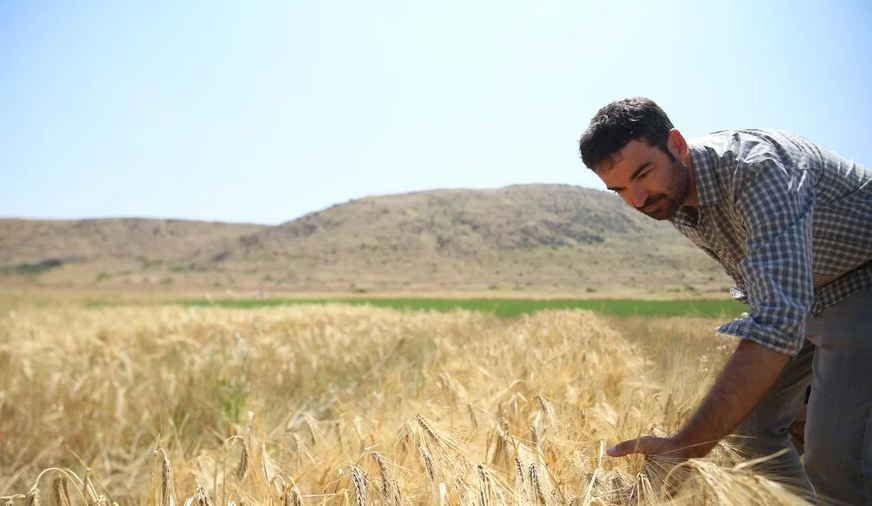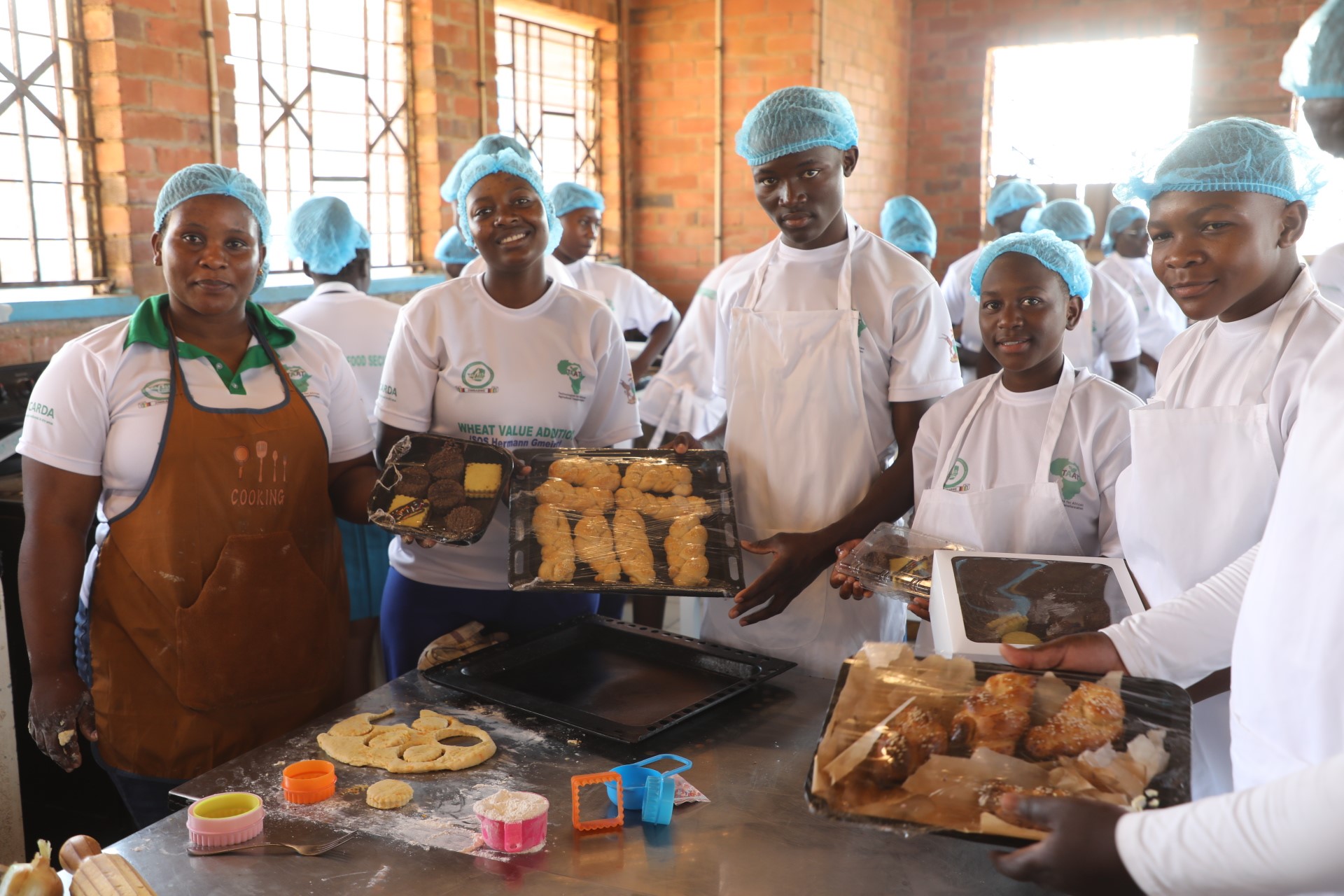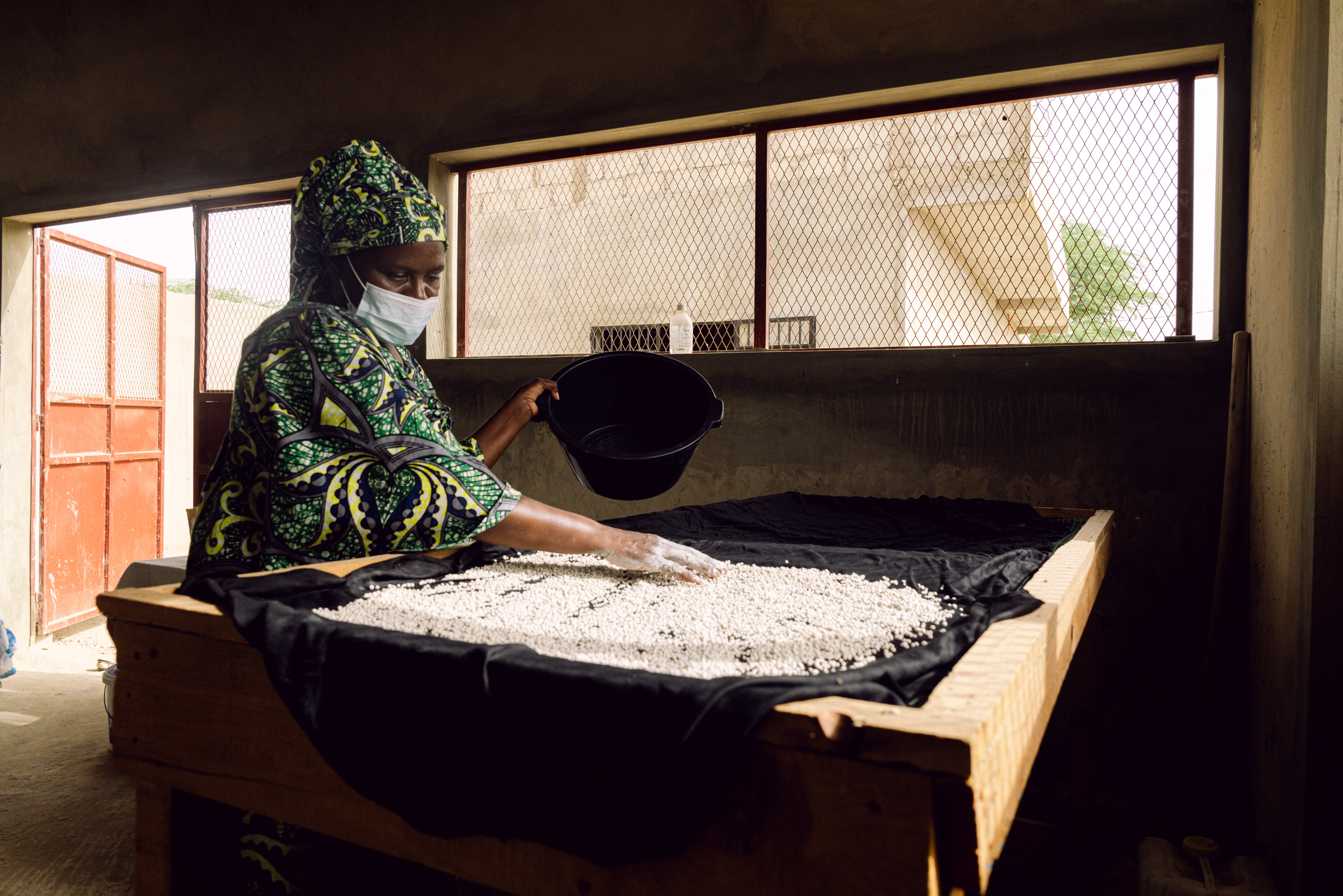New drought-tolerant crops for resilient dryland livelihoods
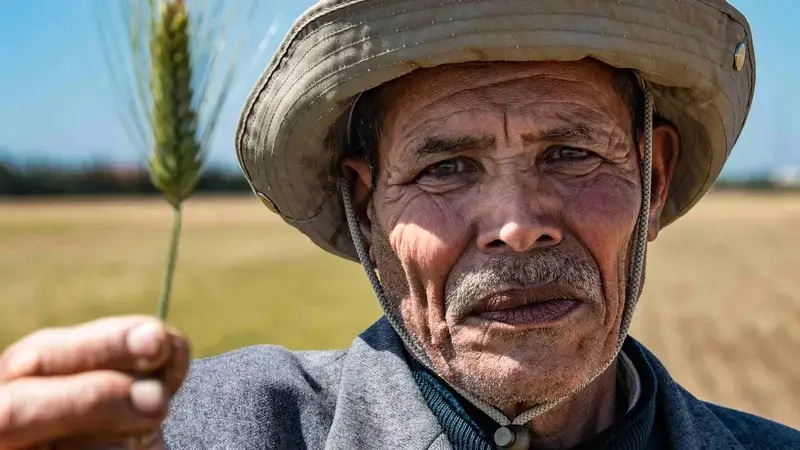
An international collaboration of world-leading scientists led by ICARDA Morocco has delivered six ground-breaking new durum wheat and barley varieties tolerant to increasingly severe droughts ravaging the region.
As the climate crisis intensifies, so too do the frequency and strength of drought episodes, especially in dryland countries such as Morocco, which has experienced unprecedented droughts in the last decade. The impact on agriculture and cereals can be devastating as demonstrated by a record 69% drop in total cereal production over the 2021-22 season due to one of the worst agricultural seasons in the country's history.
Under the DIIVA-PR project, funded by the Crop Trust, ICARDA in Morocco, alongside its partners, INRA-Maroc and Benchaib Semences, has recently developed six promising new drought-tolerant varieties of durum wheat and barley, to help increase production, resilience, and nutritional quality for farmers. With their climate-smart and enhanced food quality traits, such as heat, drought, and pest resistance, the new varieties aim to strengthen food and nutrition security and improve the livelihoods and resilience of Moroccan farmers.
This ground-breaking research aligns with the Generation Green 2020 – 2030 strategy of the Moroccan Ministry of Agriculture by aiming to increase production while putting farmers at the center of the research. Integrated with other agricultural innovations, the new varieties will also support the country's goal of achieving resilient food sovereignty for major cereal crops.
To ensure the viability of the new varieties, crop breeders from ICARDA and INRA evaluated the new strains of barley and durum wheat in situ across Morocco, exposing them to some of the most severe droughts on record, and identifying the most promising ones. The farmers also tested the varieties for four years across thirty Moroccan farms, engaging more than two hundred local farmers in a participatory approach promoted by the DIIVA-PR project.
Durum Wheat Varieties:
- Nachit was released by INRA in 2017 and should be commercially distributed by SONACOS starting in 2025. Its wild emmer origin ensures substantial grains and deep roots, suitable for collecting water from the soil's deepest part. As such, it is very well adapted to the Northern plateaus and irrigated areas of Beni Mellal. Thanks to its big grains and high yield potential, some farmers can achieve more than ten tons per hectare in irrigated conditions.
- Jabal was released in 2021 and should become commercially available from Benchaib Semences in 2025. It is a very rustic variety derived from wild goat grass, characterized by a tall stance ideal for producing straw, an appealing long black spike, and a superficial root system suitable for the shallow soils of the Atlas Mountains and the southern regions.
- Jawahir is the latest addition released in 2022 by INRA and has yet to be sold to a seed company. It is the top-performing variety in terms of yield and good semolina color. It is also resistant to a very dangerous insect (Hessian fly) thanks to its parentage from a wild Armenian species and extremely drought tolerant, making it perfectly suitable for the Settat-Safi region, especially if cultivated via conservation agriculture.
Barley Varieties:
- Chiffa was released by INRA in 2016. It is a "food and fodder" barley variety. It has easy thresh-ability (naked), a trait traced back to ancient varieties grown in the Nepalese highlands, it is drought tolerant, with high β-glucan content, a dietary fiber with many health benefits against diabetes and ischemic diseases, and it has excellent resistance to net blotch disease.
- Assiya was also released in 2016 by INRA. It is a "food and fodder" barley variety. It has easy thresh-ability, its grain cover (hull) detaching easily during threshing, a trait that traces back to ancient varieties grown in the Nepalese highlands. It has high grain and straw production even under drought conditions and excellent resistance to net blotch disease.
- Khnata was released by INRA in 2017. It is a "feed" barley variety with high grain and straw production. It increases farm profitability and resilience by providing straw for the livestock even in dry years and large grain size for a six-row variety with more carbohydrates.
The new varieties result from more than ten years of research incorporating the genetic resources of ancient wild relatives' species, collected and conserved within the ICARDA Genebank in Morocco, into today's over-bred and genetically limited staple crops. Because old wild relative crop variants have endured millennia of harsh climatic conditions, their traits hold the key to delivering resilient crops capable of withstanding the unprecedented stresses of the current climate crisis.
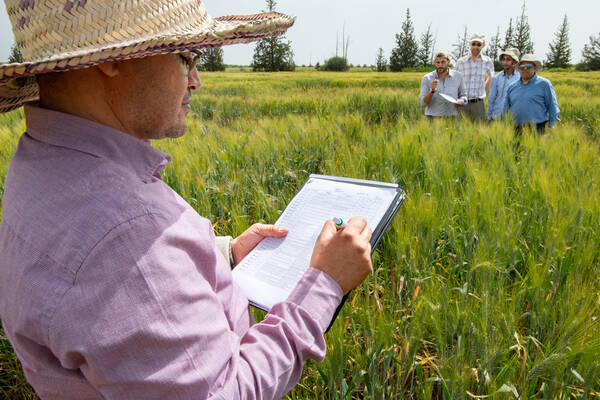
The result of the participatory approach, along with detailed station data, is six exciting new varieties that meet the expectations of scientists and farmers and are already registered in the national variety catalog, allowing them to become available to farmers for cultivation in the next four years.
- Barley Varieties Technical Sheet (in French)
- Durum Wheat Varieties Technical Sheet (in French)

